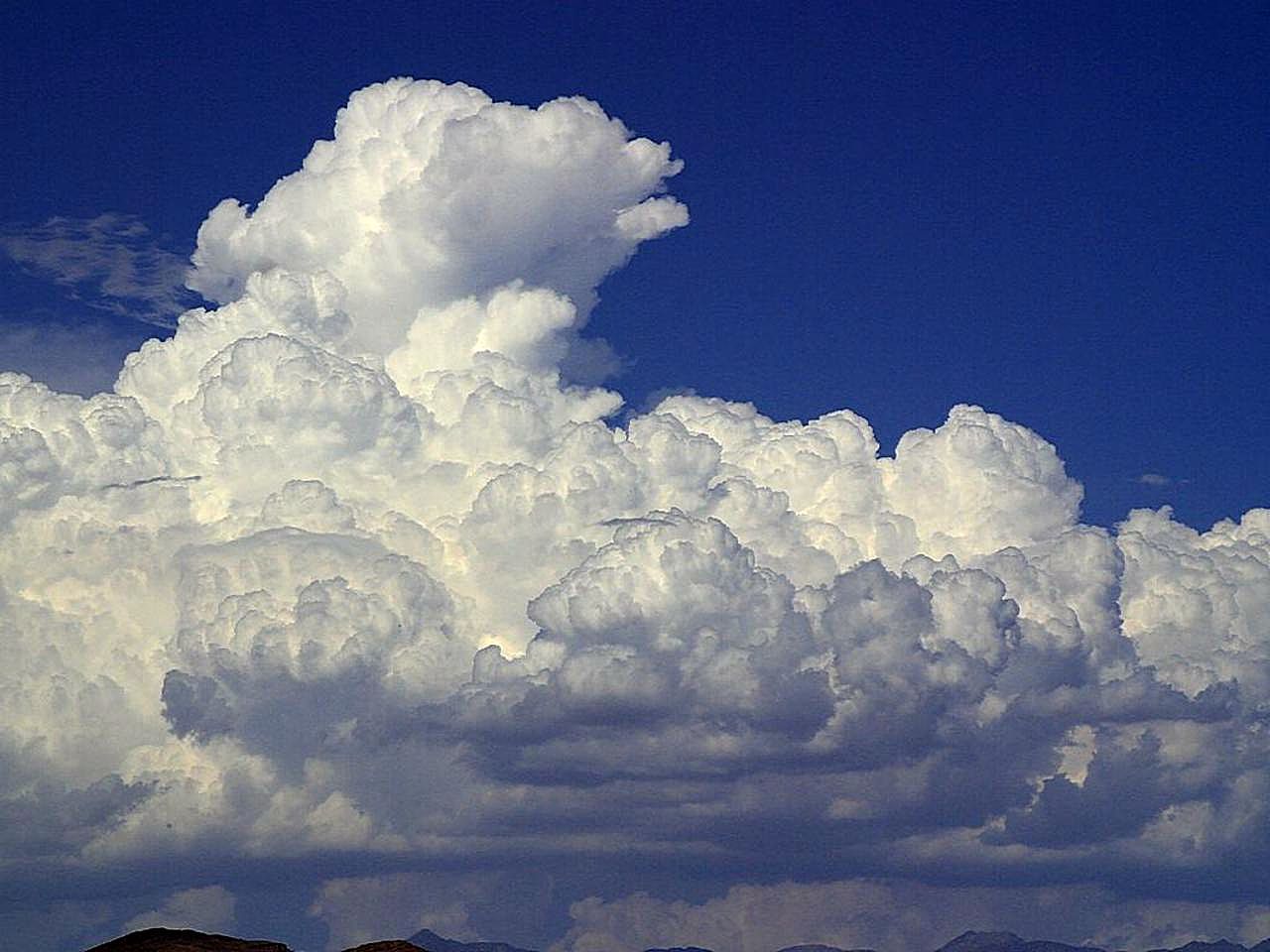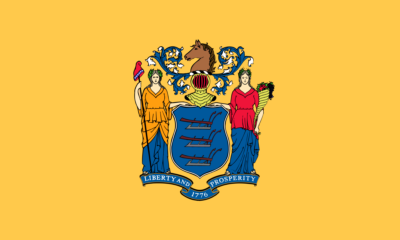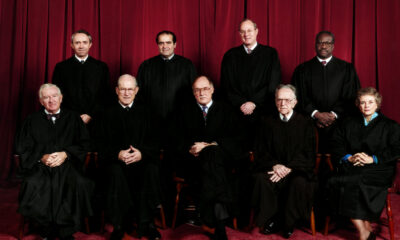Executive
Nonprofits Influence Climate Litigation Against Major Energy Companies
Several nonprofit organizations have inserted themselves into climate-related litigation against major energy providers.

Over 30 lawsuits, modeled after the tobacco cases of the 1990s, have been filed by state, county, and city attorneys against energy companies seeking damages for the alleged effects of greenhouse gas emissions. An important factor in these lawsuits is the role of third-party funding and nonprofit activists working behind the scenes to shape the litigation and influence the courts.
A typical nonprofit litigation influencer
One such organization that has taken center stage is the Environmental Law Institute’s Climate Judiciary Project, which claims to educate judges on climate science and related legal issues. According to the ELI website, the project’s goal is to “provide neutral, objective information to the judiciary about the science of climate change as understood by experts.” Since 1990, the CJP says it has trained more than 3,000 judges across 28 countries.
But judges are supposed to be disinterested arbiters of the facts and the law – and critics point out that on climate issues, the CJP is anything but neutral. In a 12-page report, the American Energy Institute accuses the CJP of “teaching judges about debatable climate science” and compares it to “working over the referees before the game even starts.” AEI contends that the so-called “objective” materials used by the CJP are crafted by activists who either advise the plaintiffs in these cases or support their claims through legal briefs.
AEI also claims that the CJP has ties to many of the plaintiffs suing energy companies. The CJP denies these allegations, telling RealClearPolitics that it “does not participate in litigation, provide support for or coordinate with any parties in litigation, or advise judges on how they should rule in any case.”
Influencing judges
Kathleen Sgamma, president of the Energy Alliance, also criticized the CJP’s efforts to influence judges before they rule on climate-related cases. She told RealClearPolitics that the connection between nonprofit groups, judges, and attorneys involved in these cases forms a “tangled web” of “foundation activist groups, law professors, and judges attempting to use lawsuits to enact climate change policy.”
“The Environmental Law Institute, through its Climate Judiciary Project, is trying to control the entire process – from who’s suing, what they’re suing for, to what judges think about it,” she continued.
In some cases, there are close connections between CJP and the judges handling these lawsuits. One of the judges presiding over the City & County of Honolulu v. Sunoco LP case, Hawaii State Supreme Court Chief Justice Mark Recktenwald, disclosed that he presented at a CJP course in April 2023. Shortly afterward, Recktenwald authored an opinion that ruled against the oil and gas companies’ motion to dismiss the case in Hawaii. Before he authored the opinion, Sgamma said that Recktenwald “clearly has a conflict of interest and needs to recuse himself from the case.”
A philanthropic network
Several philanthropists funding the CJP have also poured money into Sher Edling LLP, the law firm representing Honolulu and many other cities and states in lawsuits against energy companies. Sher Edling openly states that its mission is to hold fossil fuel companies accountable for “decades-long deception” about climate change. The law firm’s cases, like the one in Honolulu, argue that these companies misled the public and contributed to climate-related damage.
Both Sher Edling and the CJP receive funding from major philanthropic organizations such as the MacArthur Foundation, which supports efforts to address climate change. Other shared backers include the Collective Action Fund and the William and Flora Hewlett Foundation.
Another player in this arena is the Climate Accountability Institute, which has played a major coordinating role in climate litigation efforts. In 2012, it hosted a workshop in La Jolla, California, titled “Establishing Accountability for Climate Change Damages: Lessons from Tobacco Control,” which was instrumental in planning climate-related lawsuits.
Strategies promoted at the CAI La Jolla workshop were later applied in lawsuits against energy companies. Chris Horner, a former senior fellow at the Competitive Enterprise Institute, told RCP that a key approach outlined in the La Jolla Workshop summary involved liberal private attorneys and nonprofits encouraging state attorneys general to probe for internal documents. These documents, they claimed, could potentially show that energy companies were aware of the risks of COâ?? emissions but either misrepresented or concealed this information.
Another case of nonprofit involvement
Horner noted that this bore fruit in 2015 when parties representing the Rockefeller Family Fund successfully urged the New York Attorney General to leverage the Martin Act, which grants broad powers to investigate possible “misrepresentation of information” to investors, to “subpoena documents from ExxonMobil.”
Later, the House Oversight Committee also subpoenaed energy company records, which, although never publicly released, appeared in an amicus brief filed by a Rockefeller Family Fund-funded group called the Center for Climate Integrity in one of these state lawsuits alleging that energy companies knew of the risks of fossil fuels but chose not to disclose them publicly.
Since then, the CAI has focused on researching the potential damages of climate change and the accountability of energy companies. One of its largest projects is the Carbon Majors Database, which tracks the 100 largest fossil fuel producers since the beginning of the Industrial Revolution. CAI claims that these top 100 organizations are responsible for 52% of all greenhouse gas emissions.
This work was not merely an intellectual exercise; CAI argues that staggeringly high “reparations” are warranted. In 2022 and 2023, they spent $55,000 on a paper, later published in the academic journal One Earth, titled “Time to pay the piper: Fossil fuel companies’ reparations for climate damages.” The paper argues that “companies engaged in the exploration, production, refining, and distribution of oil, gas, and coal” bear the primary responsibility for the costs associated with addressing climate harm.
Where does the money come from?
The estimated “damages” are substantial. CAI’s analysis indicates that cumulative reparations from the top 20 climate-producing companies would total $5.4 trillion for the period of 1988–2022, payable over 25 years from 2025 to 2050. However, CAI states that even if this $5.4 trillion were paid, it would not cover all damages being sought in “climate-related litigation filed in numerous jurisdictions based on varying legal theories against major oil, gas, and coal companies.”
Not covered in the paper? Where the money to pay such judgments would ultimately come from.
“In gas and oil, if they have to pay an enormous settlement, that gets passed on to the customers,” Peggy Little, senior litigation counsel at the New Civil Liberties Alliance, told RCP. “The settlements are so enormous that they have to have a bearing on the cost of gasoline and fossil fuels, which will hurt the oil and gas companies’ bottom lines, but also the price of filling up a tank of gas and everyday goods.”
This article was originally published by RealClearPolitics and made available via RealClearWire.
Jonathan Draeger is a National Political Reporter for RealClearPolitics.
-

 Civilization3 days ago
Civilization3 days agoDC Pipe Bomb Arrest Raises Questions About Christopher’s Wray’s FBI
-

 Civilization4 days ago
Civilization4 days agoThe Legal Logic Behind U.S. Operations Against Narco-Terrorist Networks
-

 Executive4 days ago
Executive4 days agoNewsom’s ‘National Model’ for Homeless Wracked by Fraud
-

 Executive3 days ago
Executive3 days agoWhen You’re in a Hole, Stop Digging
-

 Education3 days ago
Education3 days agoWaste of the Day: Taxpayers Subsidize Football Coach Severance
-

 Executive2 days ago
Executive2 days agoWaste of the Day: Obamacare Failed Test, Approved Fraudulent Subsidies
-

 Civilization2 days ago
Civilization2 days agoPence Calls on Trump To Fire RFK Jr Over Abortion Drug
-

 Executive3 days ago
Executive3 days agoWaste of the Day: Feds Pay Nonprofits That Sue the Government












